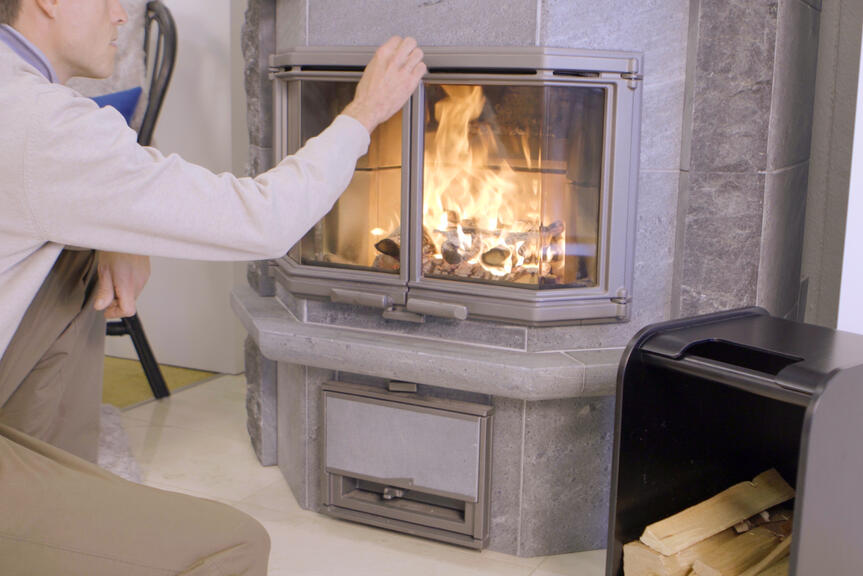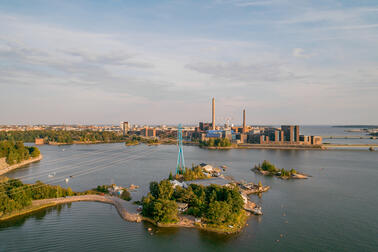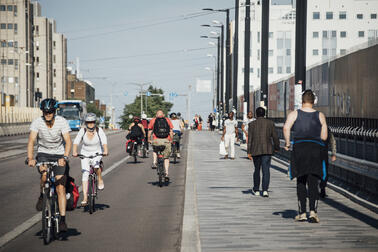
Burning wood generates fine particle emissions, which are harmful to human health. In the Helsinki Metropolitan Area, approximately a quarter of combustion-based fine particle emissions come from the use of fireplaces. This amount exceeds even the fine particle emissions generated by motor traffic in the Helsinki Metropolitan Area.
Wood is burned in approximately 80% of single-family houses in the Helsinki Metropolitan Area. In areas comprising densely built single-family houses, wood burning can cause high concentrations of pollutants in the air that people breathe. On days when there is not much wind and in sub-zero temperatures, the smoke hangs around the houses and finds its way inside them through ventilation systems. People can also be exposed to smoke indoors when using a fireplace, especially if the wood is not burned correctly.
"People are allowed to burn wood, but it is important to do it correctly to minimise the adverse effects of emissions. We would also like to remind people that not everything that burns is suitable for burning in a fireplace. The burning of waste in a fireplace or open fire is prohibited by waste management and environmental protection regulations", says Environmental Specialist Suvi Haaparanta from the City of Helsinki’s Environmental Services.
Tips for burning wood correctly
"The emissions from wood burning can be reduced in many ways", says Air Quality Expert Outi Väkevä from the Helsinki Region Environmental Services. “Factors that affect emissions include the condition of the fireplace, the quality and storage of the firewood and how the fire is lit and wood burnt. The type of wood does not matter much – the important thing is to make sure that the wood being burned is dry and clean,” Väkevä points out.
When using a fireplace, there are a few basic rules to keep in mind. Burning wet wood produces a lot of emissions and is also costly, because wet wood produces less heat. The best place to store firewood is in a woodshed. Due to fire safety reasons, firewood should never be stored indoors or stacked against the walls of buildings.
Five tips for low-emission wood burning:
- Only use dry and clean firewood. Do not burn waste.
- Follow the instructions for use of your own fireplace.
- Never fill the firebox more than half full.
- Make sure that there is enough air for the fire.
- Nearly colourless smoke coming from the chimney is a sign of a well-burning fire.
Do you need more tips and information?
HSY’s ‘Opas puunpolttoon’ (‘Guide to wood burning’) brochure (only available in Finnish and Swedish) provides useful tips and information on the storage of firewood, using a fireplace and heating. You can pick up the guide free of charge at your nearest library.
The guide is also available on the www.poltapuhtaasti.fi(Link leads to external service) website along with a wealth of information on wood burning, instructions on how to build a woodshed and tips for identifying dry firewood, for example.


